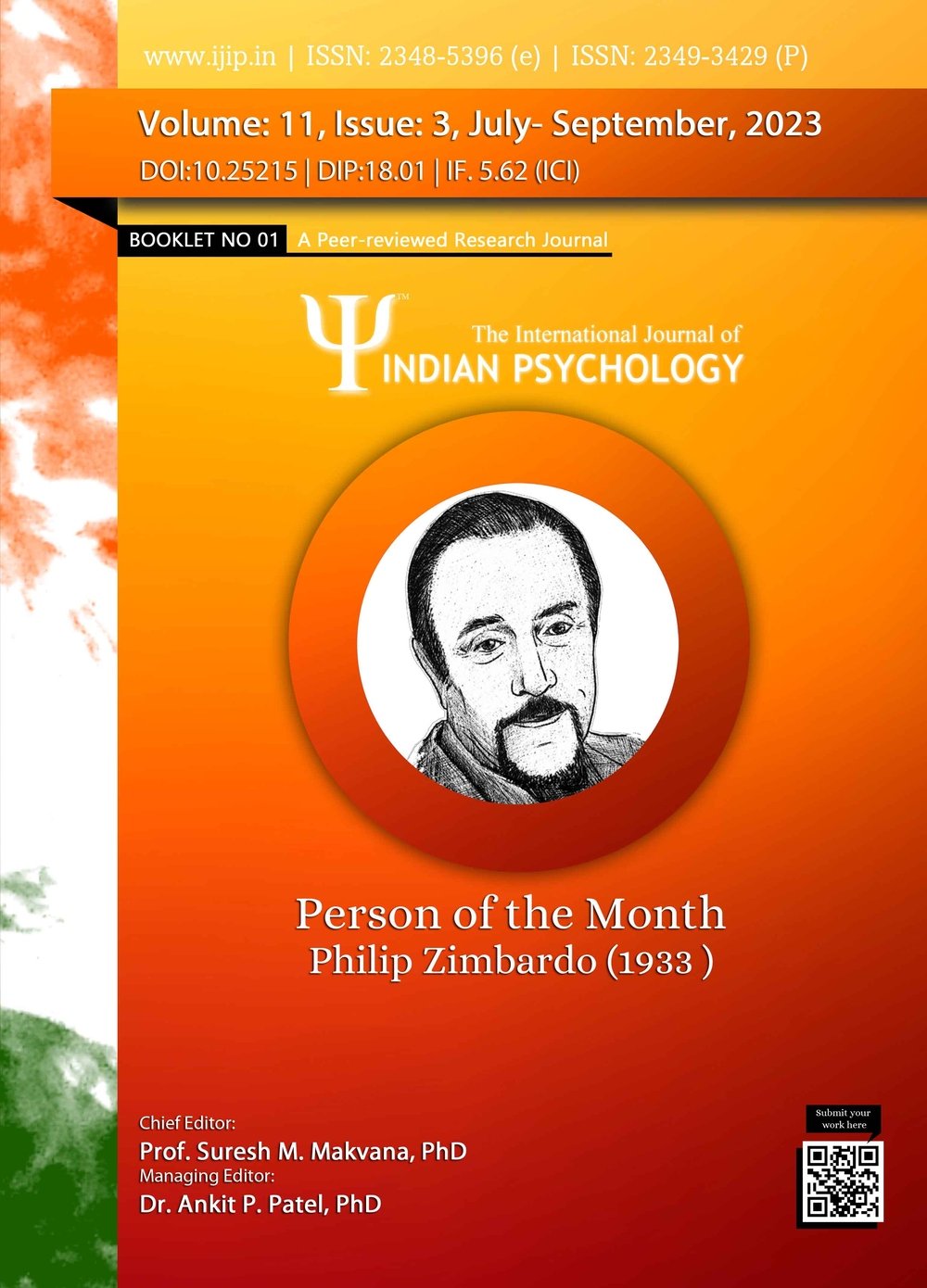A Study to Compare the Pattern of Neuro-Cognition among Single and Multiple Self Harm Attempters in Adult Population
DOI:
https://doi.org/10.25215/1103.375Keywords:
Abstract
Introduction: Neurocognitive abilities are a catch-all term that refers to cognitive talents that facilitate perception, reasoning, action, and emotion generation and are believed to be associated with specific brain neuronal pathways and networks. As it is considered that neuro-cognitive abilities operate as a mediator between ideas and actions, they may especially be well adapted to explain the path of suicidal thoughts to the acts of suicide. Objectives: To compare the pattern of neuro-cognition among single self-harm attempters and multiple self-harm attempters in adult population. Materials and Methods: Hospital based cross sectional comparative study was conducted in Department of Psychiatry and Drug De-addiction Centre, Lady Hardinge Medical College and Smt. S. K. Hospital, New Delhi among the population with self-harm attempt seeking consultation from Psychiatry Department and Drug De-addiction Centre either directly or after referral. Results: The mean value for trail time is less in single self-harm attempters then multiple self- harm attempters for e.g., the time score of trails 1 in SSA was 51.1sec whereas 60.2 sec in MSA. Composite index (CI) of higher value means good performance. Among the study population, single harm attempters had a higher mean CI score (32.83) as compared to the multi harm attempters (29.01). Conclusion: A significant comparative difference was observed in selective attention, cognitive flexibility and inhibition in relation to the multiple self- harm attempters and single self- harm attempters. Thus, it can be concluded that there is a major involvement of frontal lobe dysfunction in self-harm attempters’ population.Metrics
No metrics found.
Published
2022-11-05
How to Cite
Dr. Kanchan Kumari, Dr. Shiv Prasad, Dr. Dinesh Kataria, Dr. Sumit Rana, & Dr. Mini Sharma. (2022). A Study to Compare the Pattern of Neuro-Cognition among Single and Multiple Self Harm Attempters in Adult Population. International Journal of Indian Psychȯlogy, 11(3). https://doi.org/10.25215/1103.375
Issue
Section
Articles


